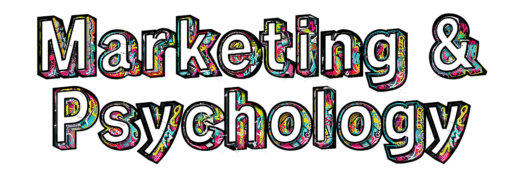The Elaboration Likelihood Model.
If you’ve ever read, or at least heard of, Thinking Fast and Slow by Daniel Kahneman, you will be familiar with the idea of two ‘systems’ for processing information. Daniel Kahneman calls these ‘System 1’ and ‘System 2’. As the book name suggests, one is a ‘fast’ way of thinking and the other ‘slow’.
You might not realise though that Kahneman isn’t the only academic to refer to two ways in which the brain makes decisions. In fact there are a few similar theories, which grouped together are broadly known as ‘dual process’ theories because they each refer to two processes through which decisions are made.
Another well-cited theory is the Elaboration Likelihood Model. Developed by Richard Petty and Jon Cacioppo in the early 1980s, the model suggests that there are times when people think carefully about stimuli that the brain processes, another times not. The level of thought is known as the extent of ‘elaboration’, hence the name. The times when careful thought is given are referred to as ‘central’ processing, in comparison to ‘peripheral’ processing when cues are not elaborated upon.
From a marketing perspective, there are of course times when it might be beneficial for information to be processed with little elaboration. Peripheral processing might therefore result from advertising shown around the perimeter of a sports match. Few of us stop and think carefully about the brand on display, but often the ‘mere exposure’ has a lingering effect (more on the ‘mere exposure effect’ another time). Sometimes though, when motivation is higher, people deliberately stop and pay attention to information provided. For example, few people buy a car based on gut instinct alone.
There are pros and cons to intentionally guiding a customer through either route. Peripheral processing might be helpful when providing cues towards intended behaviour. However, attitudes formed as a result of central processing are more likely to persist. So ask yourself, is yours a product or service that people naturally think carefully about? Or perhaps, is it a product or service that you want people to think about?
Photo by Towfiqu barbhuiya on Unsplash
